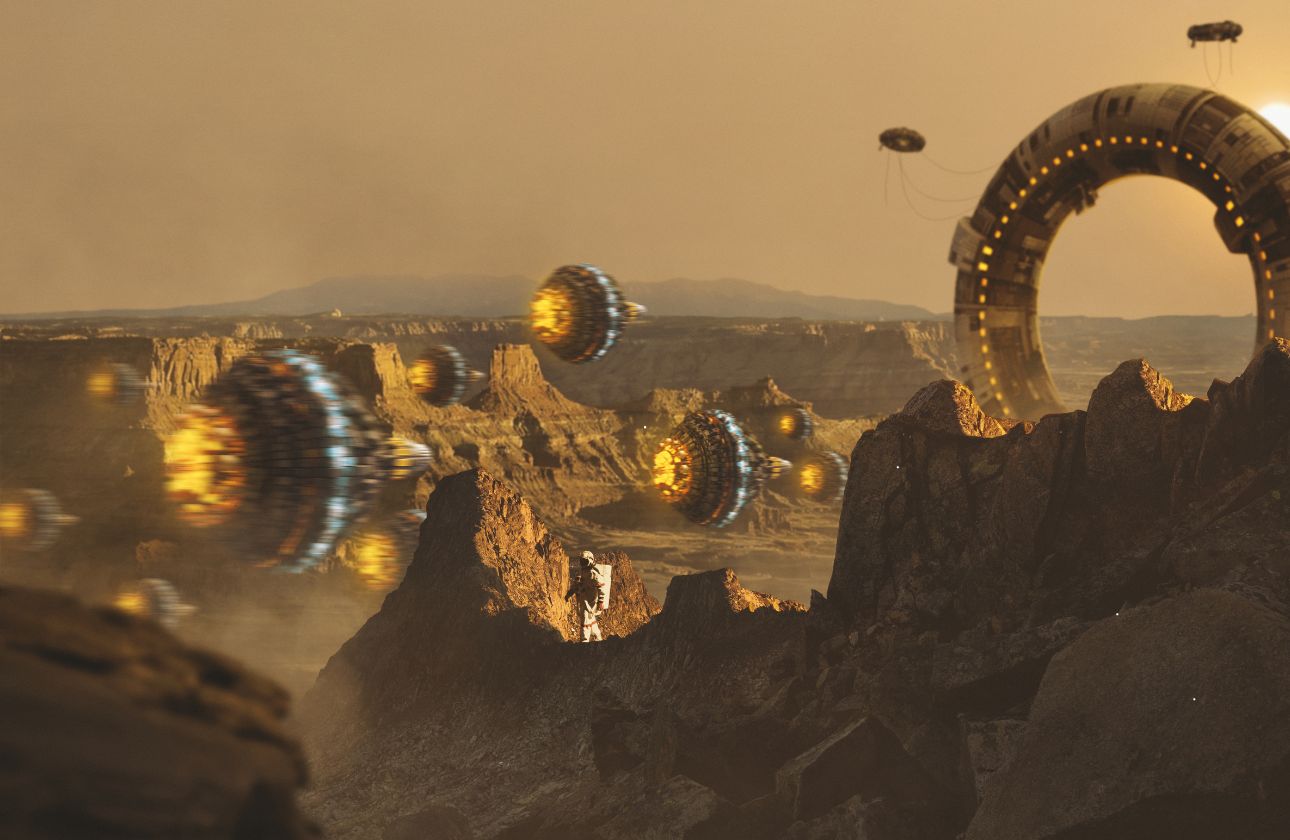The Evolution of Sci-Fi Cinema
Science fiction (sci-fi) cinema has long captivated audiences with its imaginative storytelling, groundbreaking visuals, and exploration of futuristic concepts. From tales of interstellar travel to AI-powered societies, the genre has consistently pushed the boundaries of human creativity. In this post, we’ll journey through the history of sci-fi cinema, tracing its evolution from its humble beginnings to the cutting-edge masterpieces of today.
1. The Birth of Sci-Fi Cinema
Sci-fi cinema began in the early 20th century, coinciding with the rise of filmmaking itself. These early works reflected humanity's fascination with technology and the mysteries of the universe.
Key Milestones:
- A Trip to the Moon (1902): Directed by Georges Méliès, this iconic film is often considered the first sci-fi movie. Its innovative use of special effects paved the way for the genre.
- Metropolis (1927): Fritz Lang's masterpiece depicted a dystopian future where class struggles and advanced technology collide. Its visual and thematic depth remains influential.
These films laid the groundwork for sci-fi cinema, combining imaginative storytelling with technological experimentation.
2. The Golden Age: 1950s and 60s
The post-World War II era saw a surge in sci-fi films driven by societal anxieties about nuclear power, space exploration, and alien life.
Defining Themes:
- Alien Invasions: Films like The Day the Earth Stood Still (1951) and War of the Worlds (1953) reflected Cold War fears through extraterrestrial metaphors.
- Space Exploration: With the Space Race underway, movies like Forbidden Planet (1956) delved into interstellar adventures.
This era established many tropes that continue to shape the genre, such as heroic scientists, otherworldly creatures, and apocalyptic scenarios.
3. The Sci-Fi Revolution: 1970s and 80s
The 1970s and 80s marked a transformative period for sci-fi cinema, driven by advancements in special effects and visionary storytelling.
Cultural Phenomena:
- Star Wars (1977): George Lucas revolutionized the genre with a space opera that combined epic storytelling, groundbreaking visuals, and unforgettable characters.
- Blade Runner (1982): Ridley Scott’s cyberpunk classic explored themes of identity and humanity in a dystopian future.
- Alien (1979): Also directed by Scott, this film merged sci-fi with horror, showcasing the genre’s versatility.
Why It Matters:
This era introduced audiences to richly imagined worlds and complex narratives, proving that sci-fi could be both commercially successful and intellectually engaging.
4. The Digital Revolution: 1990s and Early 2000s
The rise of CGI (computer-generated imagery) ushered in a new era for sci-fi cinema, enabling filmmakers to realize their most ambitious visions.
Game-Changing Films:
- Jurassic Park (1993): Steven Spielberg blended CGI and practical effects to bring dinosaurs to life, setting new standards for visual storytelling.
- The Matrix (1999): This Wachowski masterpiece explored virtual reality and AI, blending philosophical depth with stunning action sequences.
- Avatar (2009): James Cameron’s visually groundbreaking film redefined 3D cinema and became the highest-grossing movie of all time.
Impact of Technology:
These films showcased the potential of digital effects to create immersive worlds, pushing the genre into uncharted territory.
5. Modern Sci-Fi: 2010s and Beyond
Today’s sci-fi films reflect a blend of technological innovation and a focus on thought-provoking themes.
Recent Masterpieces:
- Interstellar (2014): Christopher Nolan’s epic explored space exploration and the emotional bonds of humanity, backed by scientific accuracy.
- Ex Machina (2015): This intimate yet chilling film examined the ethics of artificial intelligence and human-robot relationships.
- Dune (2021): Denis Villeneuve’s adaptation of Frank Herbert’s novel brought a richly detailed sci-fi epic to modern audiences.
Trends in Modern Sci-Fi:
- Environmental themes (Wall-E, Snowpiercer).
- AI and robotics (Her, Westworld).
- Multiverse storytelling (Everything Everywhere All at Once).
With advancements in CGI, virtual reality, and AI, the genre continues to evolve, offering more immersive and innovative experiences than ever before.
6. The Future of Sci-Fi Cinema
As technology advances, the future of sci-fi cinema is bound to be even more exciting.
Predicted Trends:
- Immersive Experiences: Virtual reality and augmented reality could transform how audiences engage with films.
- AI-Generated Storytelling: AI might play a role in scriptwriting or creating entirely new forms of media.
- Focus on Real-World Issues: Themes like climate change, genetic engineering, and space colonization are likely to dominate future narratives.
The possibilities are limitless, ensuring that sci-fi will remain a cornerstone of cinematic innovation.
From early experiments in visual effects to the digital spectacles of today, sci-fi cinema has consistently pushed the boundaries of storytelling and technology. It has reflected humanity’s hopes, fears, and dreams, inspiring generations to imagine what lies beyond.
As we look to the future, one thing is clear: sci-fi cinema will continue to evolve, taking us on unforgettable journeys through space, time, and the depths of our imagination.




Comments (0)